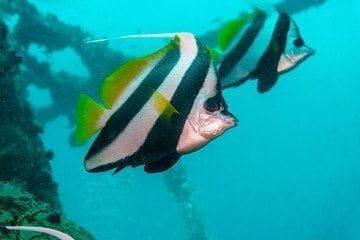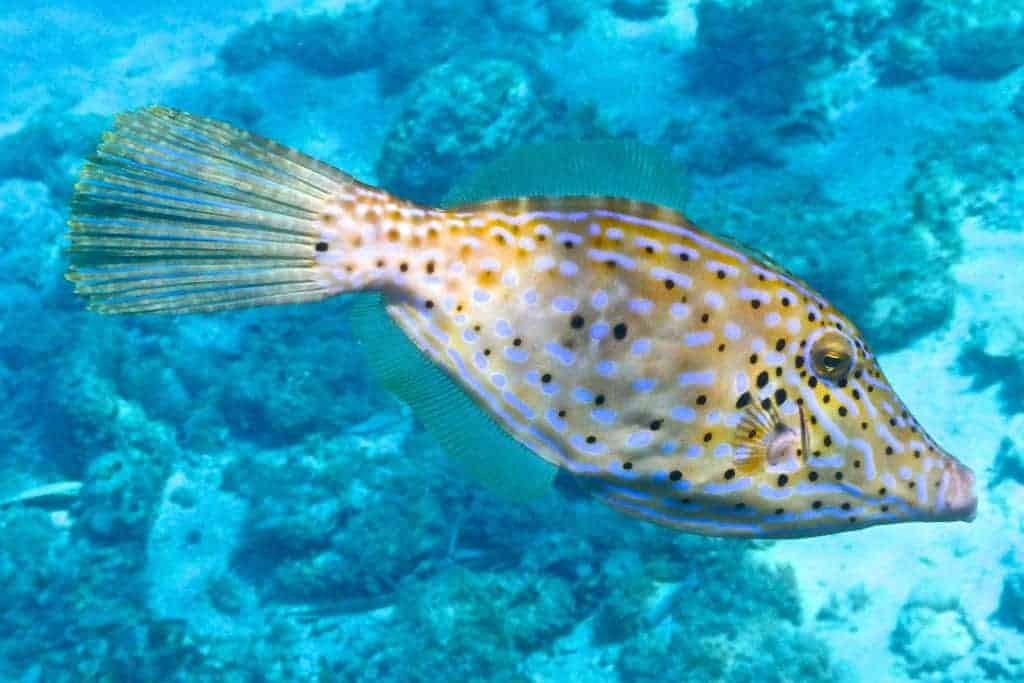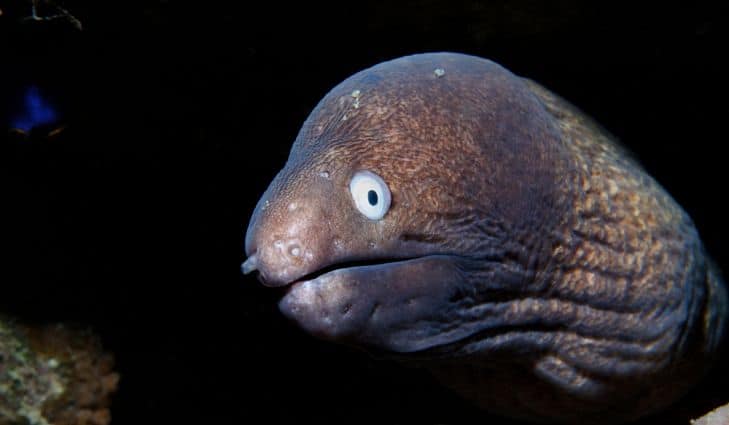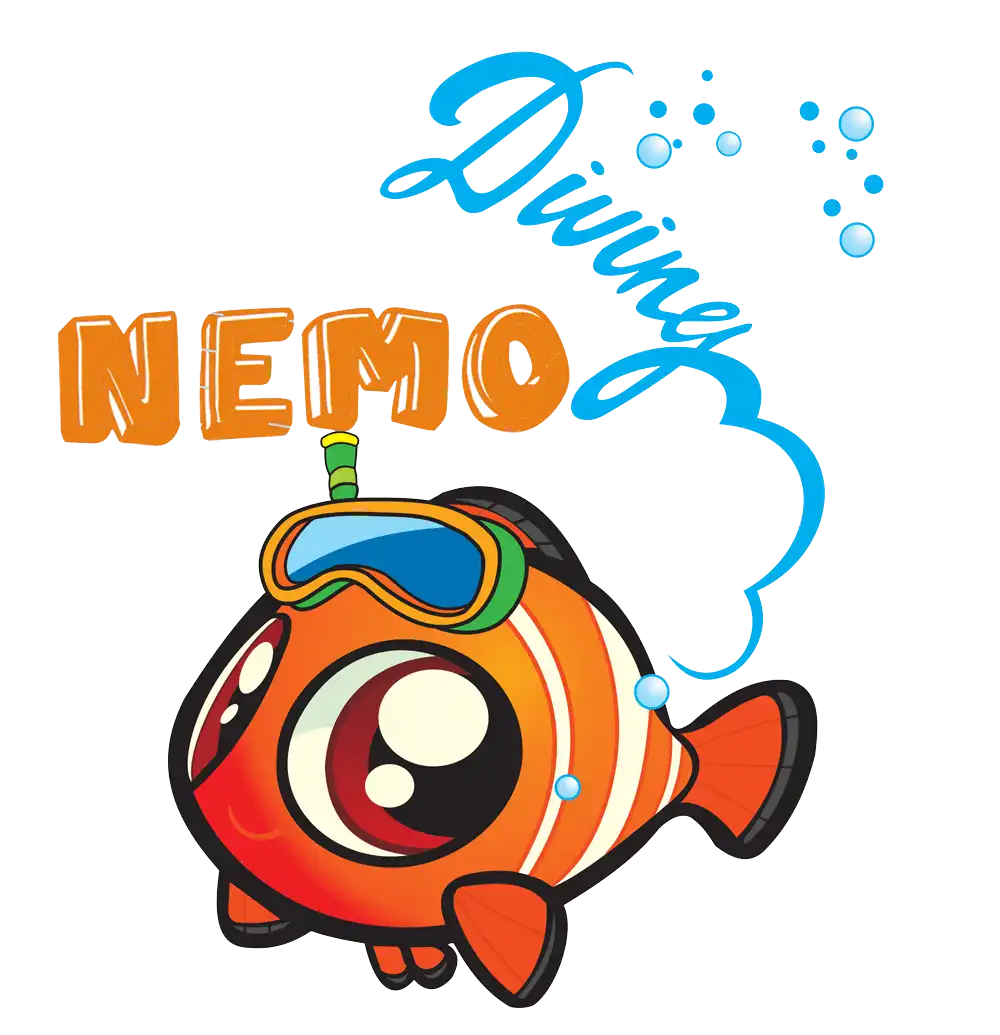
Underwater wrecks are mysterious and exciting because of their history and marine biodiversity. Inchcape 10 is one of the interesting wreck dive sites in the Middle East that you can explore. She was an offshore supply ship built in 1981 with a gross tonnage of 109 and was initially owned by a company in Bahrain under the name “Mariam”. The vessel was bought by Inchcape Shipping Services (ISS) and renamed “Jetwise” in 1998. She then was moved to Fujairah where she was tasked to carry crew and supplies to and from ships and oil rigs for more or less five years.
The vessel was decommissioned and purposely sunk on June 28, 2003, by ISS in order to form an artificial reef for fish and other marine life with the special permission from Fujairah authorities and HH Sheikh Hamad bin Mohammed AI Sharqi, Ruler of Fujairah and member of the Supreme Council. ISS invested time and money to ensure that Inchcape 10 was safe, environmentally friendly, and free from harmful chemicals before submerging it for its new underwater life.
Inchcape 10 is the 3rd ship that was sunk in Fujairah and the largest among the three sister Inchcape vessels. She lies at approximately 23 meters deep and sits upright, with the bow facing north.
As you dive towards the wreck, you’ll see a range of complex structures upholstered with coral growth which provide habitat opportunities for different species. The surface areas of the wreck are blanketed by a layer of dark red and brown algae and some small calcerated worms.
The ship’s structural support and platforms serve as reef habitat for different kinds of fish like the schooling Caesio yellowtail fusiliers which are often spotted cruising through the encrusted wreck to feed on zooplankton. They have bluish bodies, bright yellow tail fin, and black spot on the base of their pectoral fins. Their deeply forked tail fins and streamlined bodies help these active swimmers swoosh back and forth in the deep waters. A remarkable trait of these reef fish is their ability to change in color from blue to red with the passage of day and night.

You may also encounter schooling bannerfish, also referred to as false Moorish idol because of their similarities. These zooplankton eaters have laterally compressed bodies with black and white diagonal bands plus yellow caudal fins and pectoral fins. Their dorsal fin that stretches in a long white filament makes them stand out as they swim along the wreck.
Shoal of silvery jacks can be a fascinating sight as they swim in unison in a sea of blob. These curious species have been found to circle around divers so don’t be alarmed if that happens to you.

Filefish, also known as the leatherjackets, may also be found in this repurposed vessel. Closely resembling triggers and puffers, the filefish like to feed on crustaceans that live in the sunken ship. These species have rhomboid-shaped bodies, fleshy fins, and sandpaper-like skin that come in an array of vivid colors like red, yellow, orange, grey, white, and black.
Other species like lionfish, angelfish, snappers, hammour, and pufferfish also roam the interior and exterior of the wreck. Juvenile barracuda and stingrays also find refuge in this artificial reef.

Moray eels live in the crevices and cracks of the wreck during the day and venture out at night to hunt for a variety of food such as fish, crab, squid, cuttlefish, and octopus. Juvenile snakes may also be seen gliding in the area in search of something to eat.
Inchcape 10 is a successful reef conservation project as evident from its impressive range of marine life settlement and if you want to see the thriving ecosystem, we recommended that you get at least an Advanced Open Water certification or higher. Each wreck dive always holds a new and interesting discovery which makes it worth exploring multiple times.
Experiences
Find the perfect escape
© 2024 NEMO DIVING CENTER
Scuba diving is an exciting and adventurous water sport that offers a chance to explore the beauty of the underwater world and its amazing marine life. The UAE, particularly Dubai, is one of the most popular destinations for scuba diving, attracting divers from all over the world. With its crystal clear waters and diverse marine life, scuba diving in Dubai offers a unique and unforgettable experience.
The cost of scuba diving in Dubai varies depending on the dive center you choose and the type of dive you opt for. On average, a single dive can cost anywhere from AED 250 to AED 550, with the average price for a single dive being around AED 350. This price usually includes all the necessary equipment, such as the dive tank, regulator, and wetsuit, as well as the services of a professional dive guide. At Nemo Diving Center, We offer a wide range of diving packages to suit every budget and experience level.
Diving in Dubai is an incredible experience, and the UAE is home to many dive sites teeming with amazing marine life including colorful soft and hard corals, sea turtles, stingrays, manta rays, moray eels, cuttlefish, octopus, nudibranchs, seahorses, and a plethora of fish species. It is also noted for its incredible dive wrecks that have become rich artificial reefs. These dive sites offer a unique and exciting diving experience, providing a chance to explore sunken ships and other structures that have become havens for marine life.
Come and explore the unique underwater world of Palm Jumeriah in Dubai and incredible dive sites in Fujairah such as Dibba Rock, Sharm Rock, Martini Rock, Snoopy Island, and more. At Nemo Diving Center, we offer dive trips to these amazing dive sites, allowing divers to discover the incredible marine life that has made the wreck its home. We also offer a wide range of other dive sites to choose from, including shallow coral reefs, deep wrecks, and drift dives, providing something for every level of diver.
In conclusion, scuba diving in Dubai offers an unforgettable experience for all levels of diver. With its clear waters, diverse marine life, and incredible dive sites, Dubai is a must-visit destination for any scuba diver. Whether you’re a beginner or an experienced diver, our team at Nemo Diving Center will ensure that you have an amazing time exploring the beauty of the underwater world.
Click one of our contacts below to chat on WhatsApp
Social Chat is free, download and try it now here!
